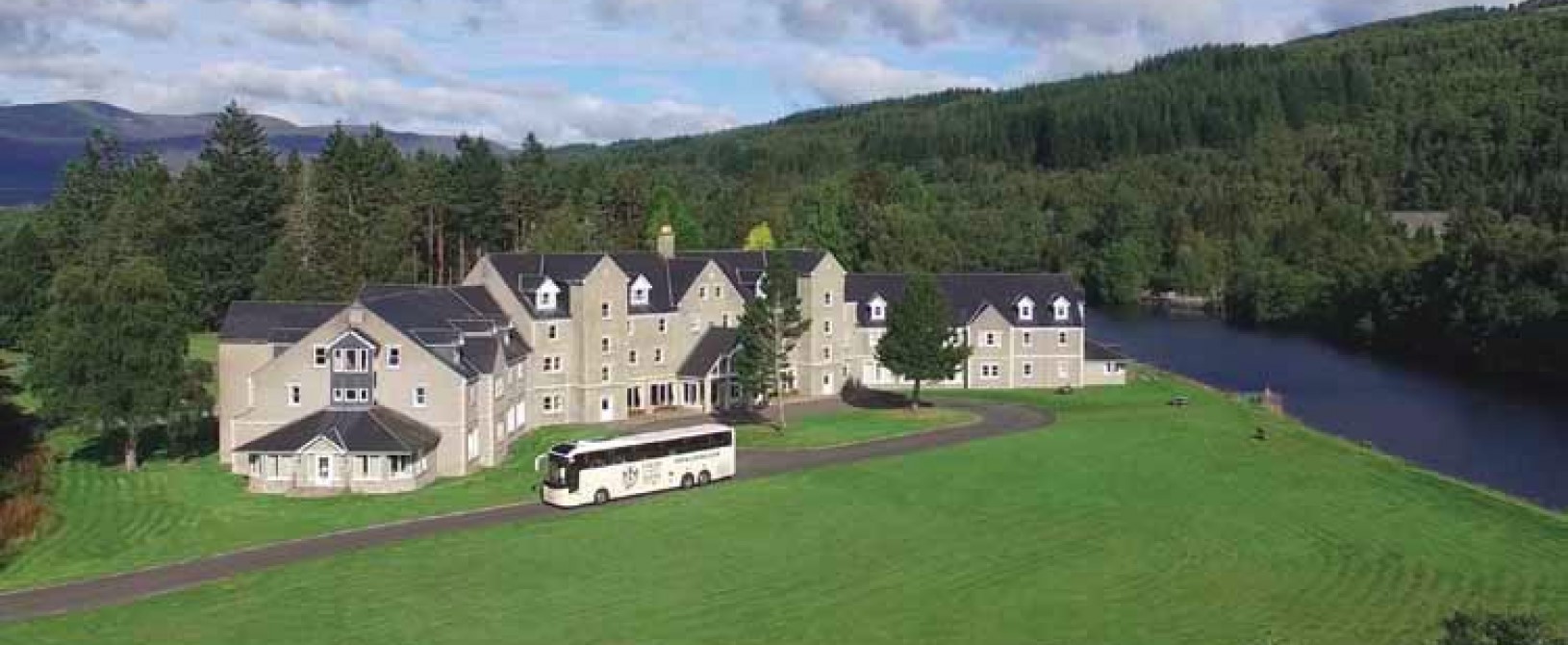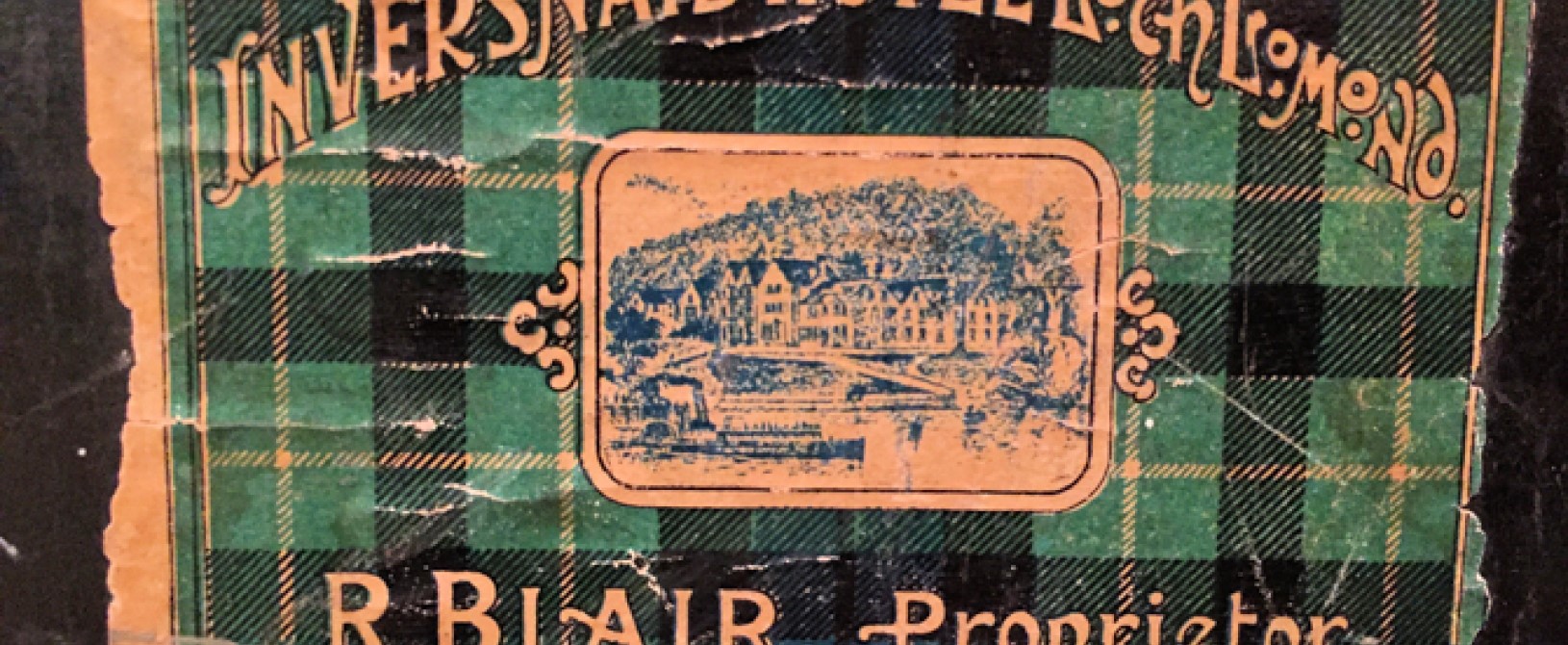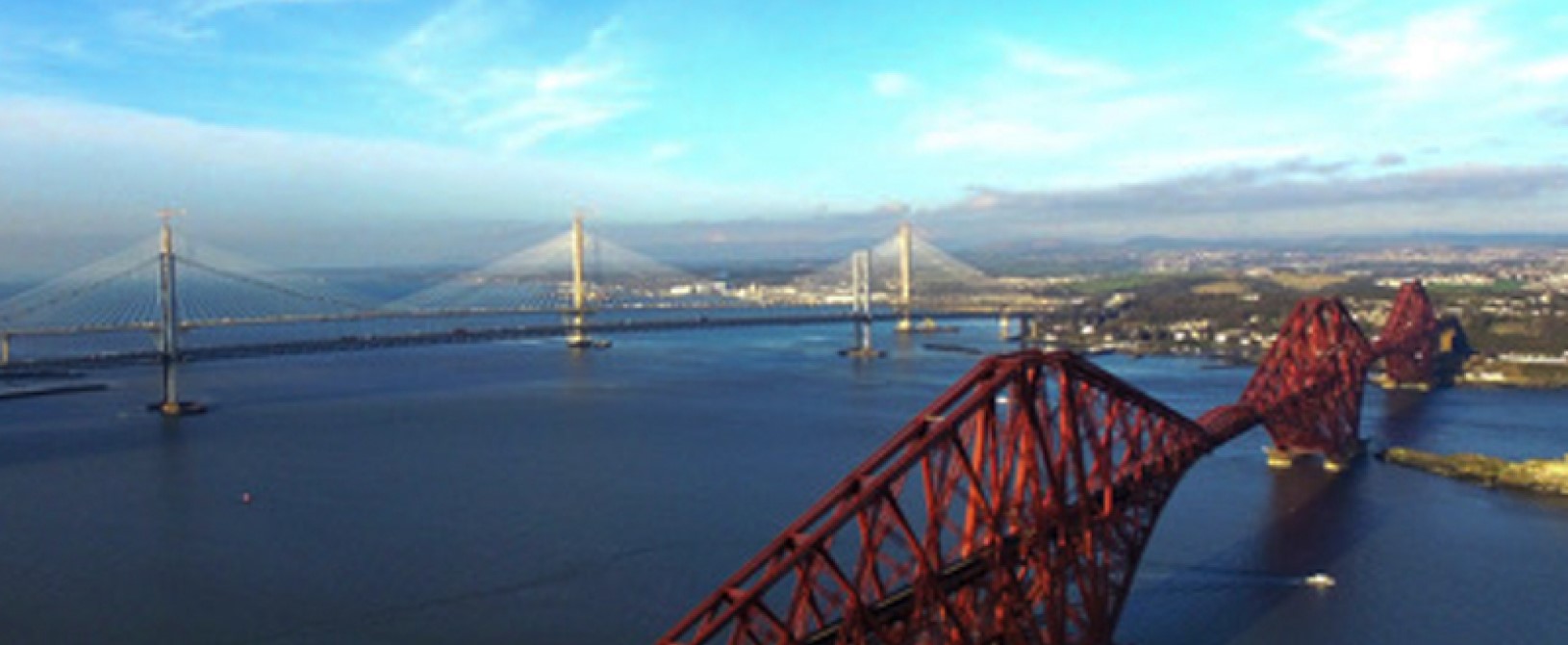Issue 46, Spring 2017

Ever since I joined the Camera Club at the Chislehurst and Sidcup Grammar School in 1951 I have enjoyed photography.
My five years of secondary education were fairly fraught, punishments were liberally dispensed, with a caning in the Headmaster’s study being justifiably feared but in contrast, my time at the camera club was a joy and a welcome relief - thanks to the knowledge and enthusiasm of the master in charge to whom I will be ever grateful. Our family photograph collection reflects the technical advances over the years - black and white prints, colour slides, colour prints, camcorder movies, and then came digital. So when I retired in the year 2000 I was pleased to take over the Company image library and add to it whenever the weather permitted. It is artistically rewarding and a great way to keep fit as the best shots seem to entail plenty of energetic walking and climbing. But now there is a welcome new technical advance, the drone, which is revolutionising photography with its ability to get a shot from the perfect angle - unattainable in any other way. The photograph of the Loch Tummel Hotel shown above is a good example, with the building appearing to be almost framed by the waters of the adjacent loch. I first mentioned drone photography a couple of years ago, when the technology was in its infancy, but progress marches on and now our latest Company drone can record videos to almost cinematography standards. You may have seen some examples on our company website, but if not, just click on ‘‘Discover Scotland’’ at ‘lochs.com’. Our aim is to maintain this feature as a changing selection of views of day excursion destinations which will, hopefully, interest and inspire our guests. I am afraid I am a bit of a Luddite when it comes to social media, but when Neil told me that the videos had also been added to the Company Facebook page I had a look and was astonished to see the video already had over 8,000 views which seemed an impossibly large number - the power of the internet!
For the past few years, once the season is under way, Ian, Neil and I have escaped for a road trip adventure, always unforgettable if somewhat unpredictable. Last Spring our journey took us to the Western United States and included hiking in Yosemite and Death Valley. I do look forward to this annual escape from responsibility but, as next year’s 80th birthday looms large, I find I treasure their memories more and more.
Michael Wells OBE, Chairman
The Kelpies

During the coming season we will be arranging visits to the famous Kelpies during some Loch Achray Hotel holidays holidays. You may have had a fleeting glimpse of these impressive 30 metre high horse-head sculptures as you drive along the motorway between Stirling and Edinburgh. In fact they are the centrepiece of the recently opened Helix Centre adjacent to the new extension to the Forth and Clyde Canal.
In Scottish tradition the Kelpie was a mythological beast possessing the strength and endurance of 10 horses. Sculptor Andy Scott has said that he “took the concept and moved with it towards a more equine and contemporary response, shifting from any mythological references towards a socio-historical monument intended to celebrate the horse’s role in industry and agriculture.” In any event, they have an undeniable unique beauty and are well worth a visit.
Letter from America

Greetings! I was just digging in my attic and found my great grandmother’s suitcase. She had travelled a fair amount in europe in the early 20th century and decorated her suitcases with a decent amount of hotel stickers. I thought you’d be pleased to know that out of a dozen or so, your hotel is the only one still in business! I’ll have to visit Scotland after I graduate and stay in your time-tested hotel! Happy Holidays,
Ben Michaels Buffalo, NY, USA
Ben Michael’s email with the intriguing attached photo got us wondering as to just when his great grandmother had visited the Inversnaid hotel. The clue was in the name of the proprietor, robert Blair, who we know owned both the Inversnaid and the Trossachs Hotel at the beginning of the 20th century and, as it happens, within the company archives we have two tinted photographs taken at Inversnaid in 1908 during robert Blair’s ownership. Although well over 100 years old, the photo shows guests doing pretty much the same as they do now. In the top view, we see them setting off for a day excursion, although the mode of transport is somewhat different to today’s vehicles, and in the second view they are returning to the hotel having disembarked from one of several vessels that plied the waters of Loch Lomond at that time. We are indeed grateful to Ben for having taken the trouble to contact us and he now has a standing invitation of complimentary accommodation at Inversnaid during his post-graduation european Tour. We look forward to meeting him.
The Forth Road Bridges

The £1.35bn Queensferry Crossing which is due to open in the spring, will be the third bridge across the Firth of Forth erected during the past 130 years. First to be completed was the Forth railway Bridge commenced in 1882 and completed 8 years later. It has long been considered an iconic structure and a symbol of Scotland and has been awarded UNeSCO World Heritage status. The original design was for a three-span suspension bridge constructed from 2,500 tons of iron. However Wilhelm Westhofen, a leading structural engineer of the day, commented that “with this quantity of iron distributed over the length it would give it a very light and slender appearance, so light indeed that on a dull day it would hardly have been visible, and after a heavy gale, probably no longer to be seen on a clear day either!” Eventually it was constructed with 53,000 tons of iron to a heavy duty cantilever design, no doubt much influenced by the disastrous collapse of Tay Bridge 40 miles to the north, three years earlier. The bridge, together with a train carrying 75 passengers that happened to be crossing at the time, disappeared into the river Tay during a violent storm. The Forth railway bridge in contrast, has been in continuous use for almost 130 years and has 200 train movements each day. “Painting the Forth Bridge” is an expression for a never-ending task, based on the belief that bridge repainting was required immediately upon completion of the previous application. However, during the most recent renovation, a new type of paint was applied derived from that used in the North Sea oil industry and it is not expected to need repainting for at least 20 years.
The Forth road Bridge, opened in 1964, replaced a ferry service that had been established in the 11th century to transport religious pilgrims from edinburgh to Dunfermline Abbey & St. Andrews - a service that continued uninterrupted as a passenger ferry for over 800 years.
The final construction plan for the Forth Road Bridge was accepted in February 1958 and work began in the September of that year. It was to be the longest steel suspension bridge in europe at a cost of £11.5 million. The original planned lifespan of the bridge was 120 years, however this was based on the theoretical capacity of 30,000 vehicles per day, but by 2006 there were frequently more than 60,000 vehicles crossings and it was found that the main cables had suffered an 8-10% loss of strength due to snapped cable strands. Future projections highlighted the likelihood of an accelerating loss of strength, with traffic restrictions to limit loading required in 2014 in the worst-case scenario, followed by full closure by 2020. Proposals for a second Forth road crossing were first put forward in the 1990s but, with the discovery of structural issues with the Forth road Bridge in 2005, plans were moved forward. The decision to proceed with a replacement bridge was taken at the end of 2007 and construction began in September 2011. The elegant Queensferry Crossing will be a cable-stayed bridge, with an overall length of 1.7 miles and is planned to be open by the end of May, 2017. These three great structures are truly awe inspiring and I am delighted to report that Lochs and Glens Holidays will be arranging visits during May to September in the form of a cruise on the Firth of Forth passing under all three bridges. These day excursions will be included in a number of Loch Achray Hotel itineraries during 2018.